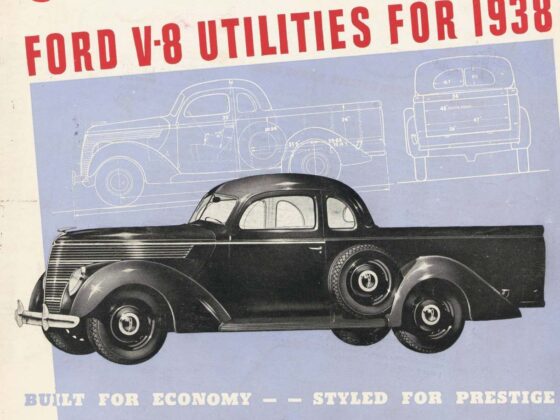If you’re loading up the 4X4 for a weekend of camping, fishing, or just getting off-grid, here’s a heads-up before you hit the highway, average speed cameras are now watching all vehicles, not just the big rigs.
What’s Changing?
For years, those point-to-point speed cameras you’ve seen on highways have only been tracking heavy vehicles, but that’s about to change. From May 1 to June 30, the NSW Government is running a trial on two stretches of highway. 15km of the Pacific Highway between Kew and Port Macquarie, and a 16km section of the Hume Highway between Gundagai and Coolac. During this period, all vehicles will be monitored for average speed.
For now, if you’re caught speeding by 30km/h or less, you’ll get a warning. But from July 1, 2025, those cameras will be handing out fines like the state’s budget depends on it.

How Do Average Speed Cameras Work?
Unlike fixed cameras that catch you in one spot, average speed cameras measure the time it takes for you to travel between two points. If your time is too quick for the distance, it means you were speeding somewhere along the way. So, even if you slow down when you see a camera, but otherwise push the speed limit, you can still get done.
What This Means for Your Next 4X4 Adventure
If your weekend escape plan involves these sections of highway, it’s worth keeping an eye on your speed. Long-distance trips in 4X4s, especially when towing, can be deceptive. You might not feel like you’re speeding, but with bigger tyres, gear on the roof, or a fully loaded trailer, your speedo might not be as accurate as you think.
Also, it’s easy to creep over the limit on downhill sections or when overtaking a slow-moving caravan. With these cameras tracking your overall speed, those small moments of pushing the limit can come back to bite you.
The Bigger Picture
The NSW Government says this move is about reducing fatalities, particularly in regional areas where most road deaths occur. They also claim that while heavy vehicles have been the focus, nearly 80% of deaths in existing average speed zones involved other vehicles.
For now, only these two trial sections will be handing out fines. But if the trial is deemed successful, expect to see more of these cameras popping up on major highways.

What Can You Do?
- Check Your Speedo: If you’re running bigger tyres or carrying a load, your speed reading may be off. GPS-based speed apps can help confirm your actual speed.
- Watch the Downhills: Letting the car roll a little faster down a hill can add up to a speeding fine over the full stretch of road.
- Know the Zones: If you’re heading up the coast or inland through these trial areas, stay aware of signage and keep your speed in check.
- Towing? Double Check Your Limits: Many 4X4ers underestimate how easy it is to exceed speed limits when towing, especially with the weight of a camper or caravan behind them.
Final Thoughts
This is one of those changes that will catch out a lot of unsuspecting drivers, especially those used to slowing down only at fixed cameras. If you’re planning a weekend getaway, now’s the time to get in the habit of setting cruise control and keeping a close eye on speed zones. Better to spend your hard-earned cash on fuel, camping gear, or another 4X4 mod, not fines and demerit points.














3 comments
Since when did Ford build in Australia?
How does carrying a load affect speedo accuracy?
These types of cameras will cause more problems with vehicles than the heavy vehicles they were designed for. When travelling on a downhill grade heavy vehicles can rely on their auto-braking systems to slow them down, A lot of vehicles do not have this and in particular automatic cars which will ‘run-on’ without touching the accellerator. It is taught that ‘riding your brakes’ on a dowh-hill grade is not a good driving practice as the brakes get hot, fluid thins out, pads wear out etc. I have recently noticed a lot of drivers are becoming ‘left foot brakers’, with their left foot constantly resting on the brake pedal, as seen on the flat sections with their brake lights constantly on. If vehicles then have to work out a ‘reduced speed’ to give them a reading at the end showing that they didn’t speed, then the Gov. had better start putting in more ‘rest bays’ so cars that are towing, or bigger 4×4’s can pull over to rest and not have a very long line of vehicles/trucks behind them because they have to reduce speed….. road rage, frustration and the potential to do something silly’, may be the cause of more accidents within that monitered section…